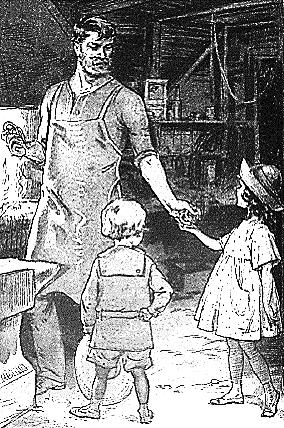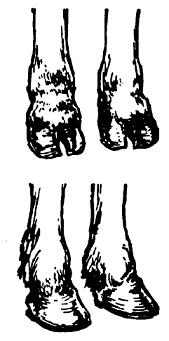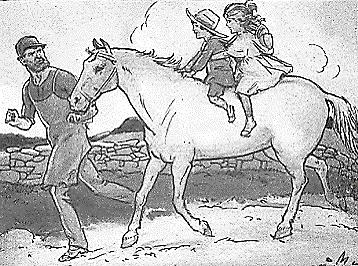 Peter and Polly Series
Peter and Polly
Peter and Polly Series
Peter and Polly




 Peter and Polly Series
Peter and Polly
Peter and Polly Series
Peter and Polly

Study the lesson for one week.
Over the week:
In the story, Peter and Polly visit the blacksmith's shop. Blacksmiths heat metals and hammer the heated metal into shapes. Blacksmiths make many things, such as iron shoes for horses.
Facts about blacksmiths:
Did you know that there is a competition for blacksmiths held in Canada every year? Blacksmiths compete in categories such as horseshoeing to be crowned 'The World Champion Blacksmith.'
Activity 1: Narrate the Story
Activity 2: Melting Point Experiment
Objective:
Discover that different substances melt at different temperatures.
Materials:
An ice cube, a pat of butter, and a penny
Procedure:
Results:
Conclusion:
This experiment showed that different things melt at different temperatures. The ice melted in the cold fridge. The butter melted in your warm hand. The penny melts at an even higher temperature. For instance, pennies can be melted with the flame from a propane torch. Iron has an even higher melting point than pennies. Iron must be heated to even higher temperatures than pennies before melting.